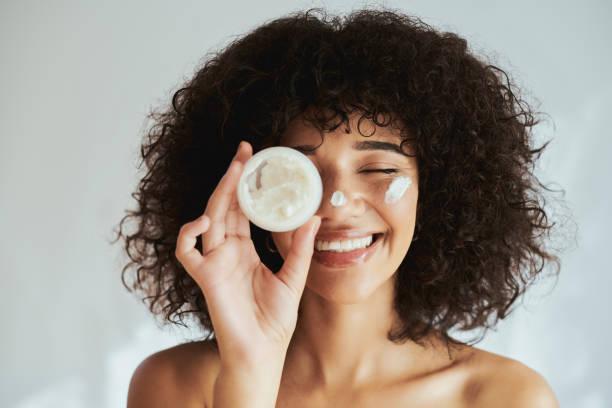Introduction
Rosacea is a common skin condition that affects millions of people worldwide, causing redness and flushing of the skin, often accompanied by visible blood vessels and small, pus-filled bumps. While it can be a source of frustration and self-consciousness, managing rosacea and its associated redness is possible with the right approach. This comprehensive guide will provide you with a deeper understanding of rosacea and effective strategies for managing the redness that accompanies it.
Understanding Rosacea
Rosacea is a chronic skin condition that primarily affects the face. It can manifest as persistent redness, visible blood vessels, and sometimes pimple-like bumps, making it challenging for those who experience it. This condition often begins with frequent flushing or blushing, gradually leading to persistent redness that can last for extended periods.
Erythematotelangiectatic Rosacea
This subtype is characterized by redness, visible blood vessels, and flushing. People with this type often experience a burning or stinging sensation.
Papulopustular Rosacea
Also known as acne rosacea, this subtype presents with redness, swelling, and pus-filled bumps resembling acne.
Phymatous Rosacea
This subtype is characterized by thickened skin, irregular texture, and sometimes, enlargement of the nose.
Ocular Rosacea
Involving the eyes, this subtype leads to redness, dryness, and irritation, often causing a gritty sensation.
Managing Redness
While rosacea cannot be cured, redness and associated symptoms can be managed effectively. Here are some strategies to help you minimize the redness:
Gentle Skincare:
-
Use mild, fragrance-free cleansers and moisturizers.
-
Avoid harsh scrubs and alcohol-based products that can exacerbate redness.
Sun Protection:
-
Always wear sunscreen with at least SPF 30.
-
Use a wide-brimmed hat and sunglasses for added protection.
Diet and Triggers:
-
Identify and avoid trigger foods and beverages such as spicy foods and alcohol.
-
Limit your intake of hot beverages.
Prescription Medications:
-
Consult a dermatologist for prescription medications, including topical creams and oral antibiotics.
Lifestyle Changes:
-
Manage stress through relaxation techniques like meditation or yoga.
-
Exercise regularly to improve circulation and overall skin health.
Laser and Light Therapies:
-
In some cases, dermatologists may recommend laser or light therapies to reduce redness and visible blood vessels.
Conclusion
Living with rosacea doesn’t mean you have to live with persistent redness. With the right knowledge and care, you can effectively manage and reduce redness associated with this condition. Remember that rosacea is a medical condition, so it’s essential to consult with a dermatologist for personalized guidance and treatment options. By following a suitable skincare routine, identifying and avoiding triggers, and considering medical treatments, you can regain your confidence and reduce the impact of redness caused by rosacea.




